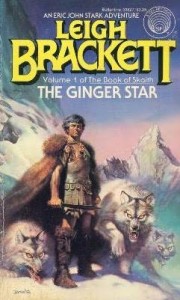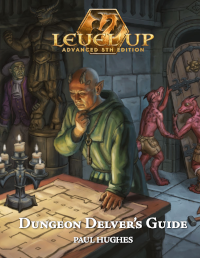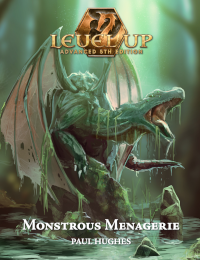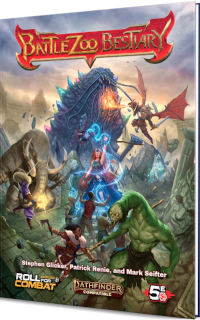I’ve been blogging the Mazes and Monsters RPG for about two months now, which is a long time in internet land, so, just in case you’re new to the project:
I’m watching Tom Hanks’ Mazes and Monsters to glean the rules of the Mazes and Monsters RPG. So far, the game players (Hanks, Jay Jay, Kate, and the blond guy) have stolen costumes from the college theater department and LARPed in a dangerous cave, and Tom Hanks has gone totally insane, hallucinated a fight with an evil monster, and broken up with Kate because a spectral figure called “The Great Hall” told him to.
Now we’re all caught up!
Confused and hurt by her breakup with Hanks, Kate meets Blondie in a diner (apparently there is a diner on campus? it seems to be called “Fat City”) for some post-breakup flirtation, and to ask whether Hanks might be acting a little more… Pardieuxy than usual. Blondie is unable or unwilling to recognize the change in Hanks’ personality.
GIRL: What about his blessing people all the time and giving his stuff away and acting so holy?
BLONDIE: He’s just staying in character. […] I don’t think Robbie’s turning into Pardieux. We work out our problems in the caverns and then we leave them there.
It’s been a while since we were reminded that Mazes and Monsters is a game meant to help us Work Out Our Problems. But it is. Who knows how many thousands it helped during the 80s? Such a powerful healing tool was undoubtedly invaluable for professional psychologists. I bet this scenario played out a lot:
PSYCHOLOGIST: Hmm, your marriage does seem to be troubled. Perhaps we should try some role-play. (lights candles) You are standing before the greatest adventure of all: marriage. Shall ye enter?
HUSBAND and WIFE: Aye! (dice are rolled)
WIFE: I slew a Gorville!
ALL: Marriage saved!
But for every problem solved, there is a life ruined. For every yin, there is a Hanks. The game really should come with a warning to that effect.
Mazes and Monsters is a game about FUN – but it is also a game about self-improvement. Mazes and Monsters players work out their problems in the game and then they leave them there.
Like any respectable psychological tool – hypnotism, LSD, lobotomy, Scientology – Mazes and Monsters is dangerous if used improperly. Don’t try to work out serious real-life problems until you are high enough level to deal with them! And never play the game except under the guidance of a fully licensed Maze Controller!
The other fact to notice about this scene: Blondie writes off some pretty wacky behavior – blessing people all the time, giving away his stuff – as “staying in character.” Well, we know that Blondie isn’t so smart. This is the guy that advocated splitting up when they were LARPING in the cave. But still, “staying in character” seems to be something that is acceptable within the Mazes and Monsters subculture.
A high-level Mazes and Monsters player may want to start acting like his character in the real world. This is perfectly normal. This is what Russian theater director Konstantin Stanislavski calls “staying in character”. It can help players gain the naturalistic playing style they really need to work out their problems in the game.
The next night, Tom Hanks again dreams of The Great Hall!
HALL: Pardieux. Next you must find the secret city under the earth.
HANKS: When?
HALL: When you have purified your mind as you have your body.
HANKS: I’m making a map!
HALL: When you are ready, you will need no map.
From Hanks’ madness we can glean game rules. He is a player, not the Maze Controller, and yet he feels it is his responsibility to make a map. Therefore, a player must be appointed to be the party mapper, as in Dungeons and Dragons.
Player Responsibilities
The players should be prepared to do a little work to ease the task of the Maze Controller.
One player should be the maze mapper. This player notes down the twists, turns, corridors, and rooms of the Maze. Only by studying the map will the players be able to reach the treasure.
Here’s Hanks’ map. Pretty nice, huh?

the great hall/two towers map
Next session, we’ll talk about XP!














